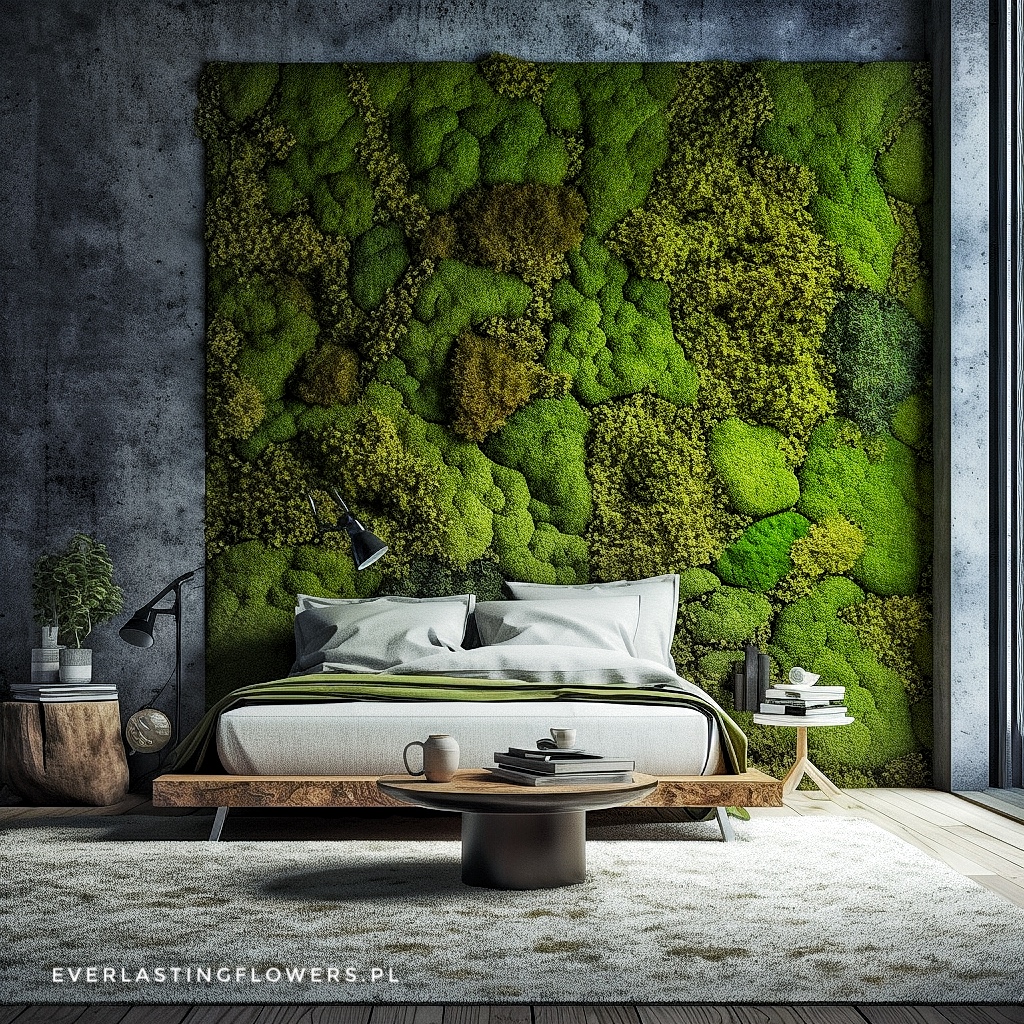In the realm of interior decoration, a trend known as biophilic design is making significant waves. It’s a concept that seeks to reconnect us with nature and foster a deeper appreciation for our surroundings. A standout element of this trend? Moss walls and decorations made from preserved plants.
Understanding Biophilic Design
Biophilic design draws its inspiration from the natural world, seeking to integrate nature and its elements into our living or working spaces. The term „biophilia” means „love of life,” encapsulating the human affinity for the natural world. This design approach offers more than aesthetic appeal – it fosters wellness, reduces stress, and enhances creativity and productivity.
The Role of Moss Walls in Biophilic Design
Moss walls are a unique and creative way to integrate nature into an indoor setting. Made with preserved plants, these installations are living, breathing pieces of art that add depth, character, and a touch of the unexpected to any space. They transform a mundane wall into a tactile, verdant surface, invoking an ambiance of serenity and tranquility.
The Power of Preserved Plants
Preserved plants used in moss walls and other decorations are real plants that have undergone a preservation process to maintain their freshness and natural beauty without the need for water or sunlight. This makes them a perfect solution for interior spaces where traditional plant care isn’t feasible. Moreover, they embody the principles of sustainable design, requiring no additional resources once installed.
Conclusion
Biophilic design is about more than just bringing a touch of greenery indoors. It’s a thoughtful, innovative approach to interior design that connects us to nature and nurtures our well-being. Whether it’s moss walls, preserved plant installations, or other elements, integrating biophilic design into your space is a move towards a more sustainable, harmonious, and healthier living environment.

